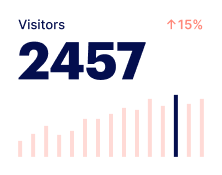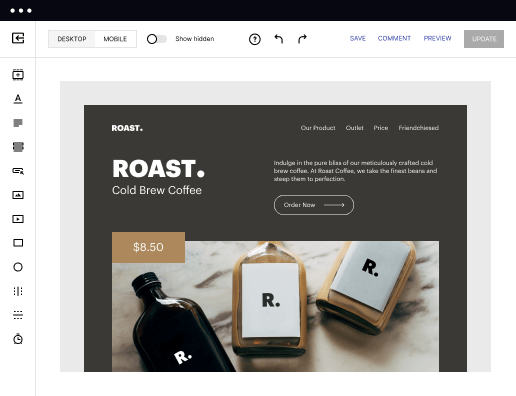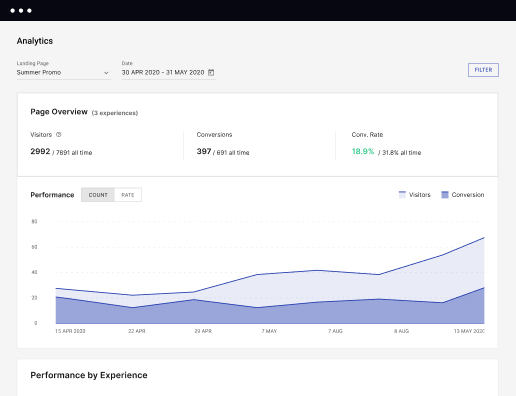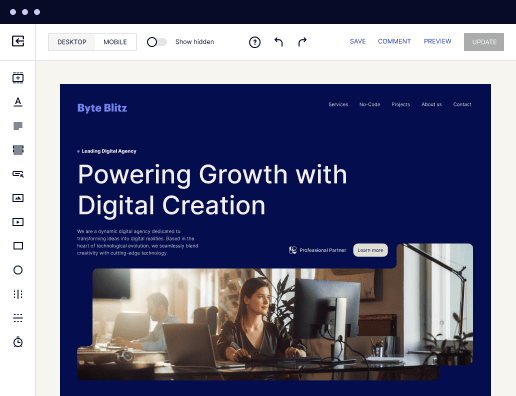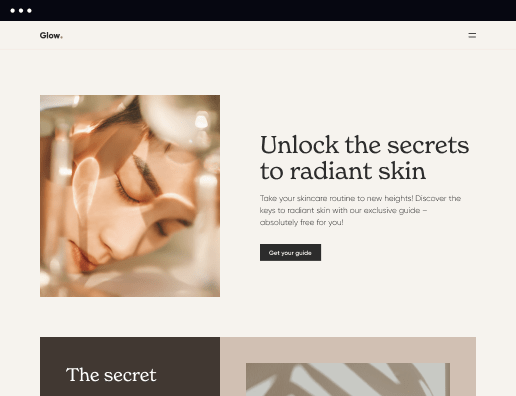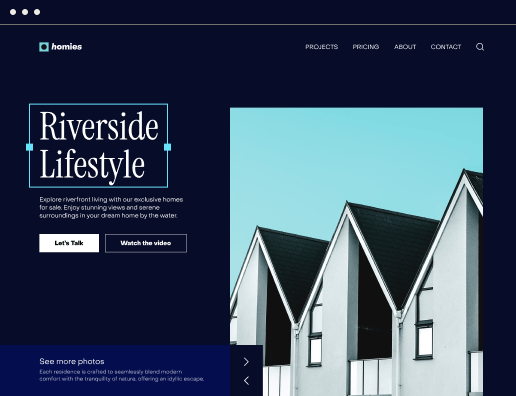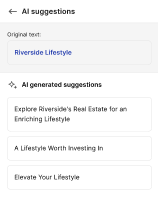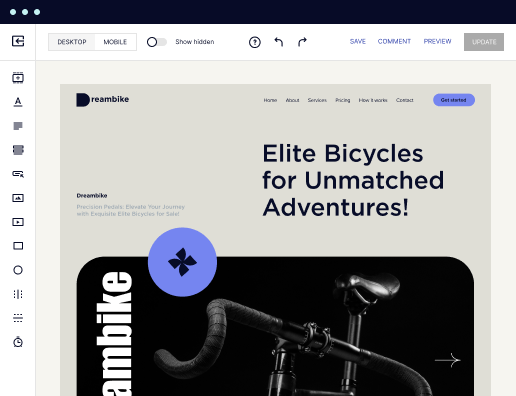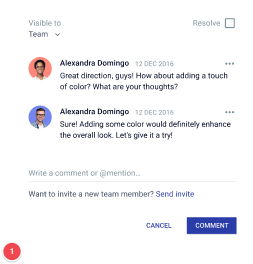Make your use case page designed for Windows Server
Instapage empowers you to reduce costs, increase conversions, and deliver meaningful experiences on Windows Server.
Building your use case page on Windows Server with Instapage
Creating an effective use case page on Windows Server is essential for maximizing conversions and enhancing user experiences. Instapage empowers marketers with flexible, conversion-focused landing page templates tailored for various industries. With over 100 layouts and the ease of no-code page building, you can quickly align your landing page with your brand's objectives, ultimately driving customer loyalty and conversions.
Understanding the Importance of Use Case Pages
A well-structured use case page helps visitors understand the specific applications of your product or service, showcasing its value in real-world scenarios. This is particularly important for businesses in sectors like tech, financial services, and education. By using relevant examples and case studies, your page can connect better with the target audience, especially in the USA. Here are some key components to consider:
- Clear objectives: Specify what the page aims to achieve and align it with broader marketing goals.
- Audience targeting: Understand who your visitors are and create content that resonates with their needs and pain points.
- Visual appeal: Utilize high-quality images and a clean layout to enhance user experience and keep visitors engaged.
Step 1: Mapping Out Your Use Case
Begin by identifying the real-world problems your solution addresses, particularly for industries like energy & utilities and government. Create detailed personas of your target users, and outline scenarios that highlight how your product fits into their processes. Include:
- User pain points: Address the specific problems your audience faces and how your product alleviates them.
- Real-life examples: Incorporate client testimonials and case studies to provide authenticity and relatability.
- Industry trends: Leverage relevant statistics and trends to support your narrative and make your case more compelling.
Step 2: Designing the Page Layout
Once you have your content strategy, it's time to dive into the page layout. Using Instapage, you can select from an array of customizable templates designed to optimize for conversions. Focus on the following elements:
- Dynamic text replacement: Tailor your headlines and content dynamically to match specific audience segments.
- AdMaps: Integrate your advertising efforts by aligning specific ads to unique pages, guiding users seamlessly from ad to landing page.
- Call-to-action (CTA): Ensure that your CTAs are clear, compelling, and placed prominently to prompt user action.
Step 3: Optimizing Through Testing
Continuous optimization is vital for maintaining high conversion rates. Use Instapage's built-in experimentation features to A/B test different page elements. Important considerations include:
- Heatmaps: Utilize heatmaps to visualize user engagement and navigation patterns on your page.
- Performance analytics: Track page performance metrics to understand what's working and what needs improvement.
- Iterative testing: Regularly experiment with variations in content, layout, and CTAs to refine the user experience.
Integrating these strategies will ensure that your use case page effectively communicates the value of your solution and resonates with your target audience.
Ready to enhance your marketing strategy? Start building your use case page on Windows Server with Instapage today!
Get more out of Build your use case page on Windows Server
Improve your Quality Score with quick load technology for landing pages
Increase conversions with content that aligns with your ads and audiences
Achieve maximum ROI by scaling your marketing initiatives
Leading the way in building high-performing landing pages





FAQs
See how to build your use case page on windows server in action
Ready to skyrocket conversions?
Supercharge your ad campaigns with high-performing landing pages.
Get started
